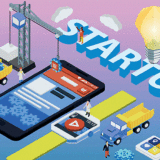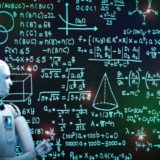Some things you should know if you are the Artificial Intelligence startups
by Ready For AI · October 27, 2018
Maybe you are planning to create the artificial intelligence startups, then I suggest you read this article and it should be instructive for you.
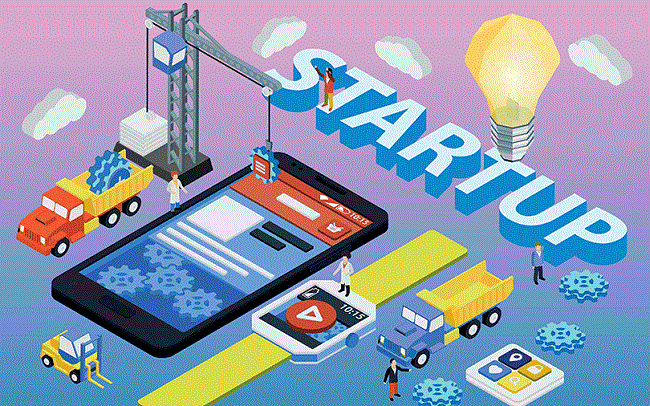
Internet opportunities are getting smaller
We all know that today’s Internet can be divided into two big parts: the traditional Internet and the mobile Internet. If I want to tell you that no matter what kind of Internet, the traffic dividend it represents is gradually disappearing now, do you believe it?
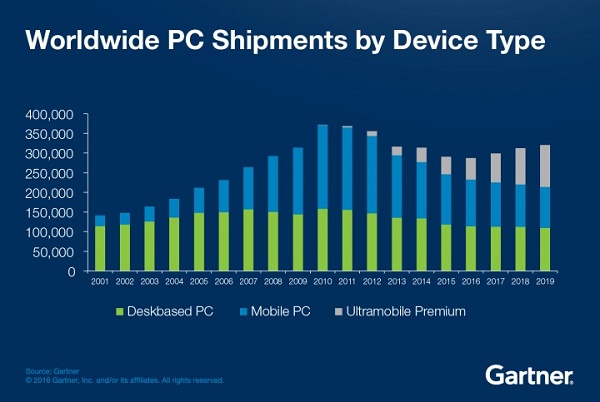
Let’s take a look at the current status of the traditional Internet by taking the sales of PCs as an example. Global PC shipments have been declining for the sixth consecutive year from the first quarter of 2012 to the first quarter of 2018. The traditional PC maker Dell also completed the privatization delisting operation in the first quarter of 2013. I believe that everyone will not forget that the previous Internet giants AOL and Yahoo have already left this arena. Whether you like it or not, the facts tell us that the glory of the traditional Internet has become a thing of the past.
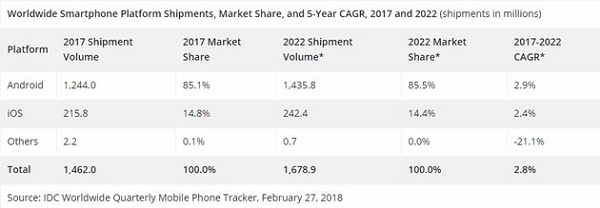
Looking at the state of the mobile Internet, at least on the surface mobile Internet giants headed by FANG (Facebook, Amazon, Netflix, Google) are still vibrant. Then we can still with the sales of equipment as an example, the global mobile phone shipments began to decline in 2017 and it is still the case today. What does this show? It shows that the growth of users on the mobile side is slowing down, which also means that the traffic of the mobile Internet has stabilized, and the competition for traffic of all companies has become an “inventory competition.”
Although the Internet can solve the problem of information asymmetry and connectivity, it can’t solve the problem of resource supply and cost. In other words, it only can improves efficiency, so this is bound to have an upper limit of efficiency, and this upper limit cannot make be upgraded by traditional techniques.
Artificial intelligence may save the Internet
It is undeniable that artificial intelligence technology will bring great improvement to social productivity. Personally, I believe that its impact on human beings will far exceed the Internet. For example, there are some small hospitals with low medical level, then we can use artificial intelligence to help doctors view medical images such as CT and X-ray and give accurate conclusions or reasonable suggestions. This will greatly improve the efficiency of this hospital, and this is also a problem that cannot be solved by relying on the Internet alone.

In the foreseeable future, artificial intelligence will provide higher productivity and bring huge social benefits in the fields of transportation, industrial production, medical care, finance, education, and so on. Maybe it is the technology that can save the Internet, so I think it is wise to choose artificial intelligence entrepreneurship.
Which layer should a startup focus on?
I usually divide the artificial intelligence architecture into three layers:
- At the bottom is the Infrastructure Layer, which includes traditional IT infrastructure, cloud computing, computing chips, and frameworks like TensorFlow.
- The middle layer is called the Technology Layer, which includes a series of algorithm-based technical systems such as natural language processing, computer vision, speech recognition, and expert systems.
- At the top is the Application Layer, which contains a series of customer-oriented applications of artificial intelligence created on the Technology Layer.
Among them, Infrastructure Layer and Technology Layer are already the important business of some giant companies, which requires huge resource investment. Many Internet giants have developed an ABC strategy, where A stands for Artificial Intelligence, B stands for Big Data, and C stands for Cloud Computing, which I think will be a long-term and stable business layout for them.
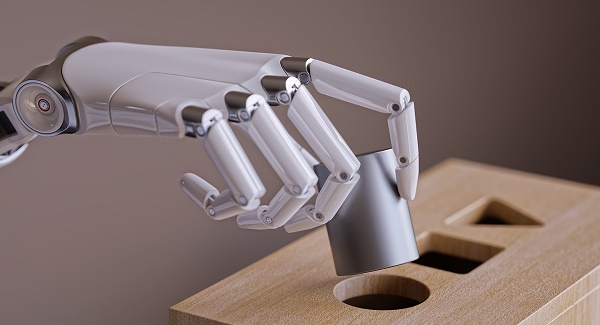
So is there a chance for startups in the Infrastructure Layer and Technology Layer? I think that the answer is no. Maybe you have the ability to do a specific technology research and development, and you can make money by publishing and selling the SDK, but what you are going to face is probably that giants that are much larger than you will offer the same technology to the market for free, simply because they have this ability. From this perspective, I think the opportunity for startups should be in the Application Layer, which is to use the infrastructure and technology provided by the giant companies to serve the vertical business you are familiar with.
Combination of artificial intelligence and business
What you need to understand is that the maturity of AI technology will make some new businesses to be created, such as Tesla’s driverless car, Amazon’s Echo smart speaker, Google’s Google Assistant voice assistant, which are products that did not exist before. To some extent it can be said that artificial intelligence created them. So what can AI do for the business that already exists? I think that AI can change the inefficiency caused by human or technical reasons, so it is also full of opportunities in the fields of security, medical care, education , and finance.

In fact, there are some entrepreneurial opportunities for startups whether they are newly created businesses or existing businesses. Although for new business startups and giants seem to be at the same starting line, but giant companies have huge data and resource advantages, so artificial intelligence entrepreneurship in existing industries may be a more reasonable choice.
Critical and non-critical applications
When it comes to entrepreneurship in the field of artificial intelligence, one mistake that many people make is to pay too much attention to the algorithm. My opinion is the importance of the algorithm should depend on the industry you are going to enter. According to different industries and application scenarios that the application of artificial intelligence can be divided into “critical applications” and “non-critical applications”. Among them, “critical applications” may need to ensure an algorithm model with sufficiently high precision, just like autonomous driving technology, the apparently high reliability of 99.9% of the data is obviously not enough. This means that to achieve this level, you need to invest in some high-level experts and ensure long enough development time.

Mobileye which is the Advanced Driver Assistance System (ADAS) solution company of Israel, they were acquired by Intel in March 2017 for $15.3 billion. Do you know how long the company’s research and development cycle is? After eight years of research and development, Mobileye launched its first revenue-generating product in 2007. Other examples, such as the Google Unmanned Car project which has been in development since 2009, it have not been commercialized yet. The Da Vinci surgical robot took a total of ten years from the start of research and development to the US Food and Drug Administration (FDA) certification in 2000. time.
If the field of artificial intelligence is all “critical applications,”, then I believe there is no other opportunity to leave to most startups. But the reality is just the opposite, most of the applications of artificial intelligence in the field of artificial intelligence are “non-critical applications.” The simplest example is the face recognition device that many companies now offer. When it comes to people who often change their appearance, the recognition rate can’t be 99% or higher. But it won’t affect the whole product solution, because it also designed the function to recognize voiceprints or fingerprints. This example can show that the “non-critical application” requires only the standard accuracy of the algorithm, which is very different from the “critical application”, more requirements for “non-critical applications” are your understanding of the industry, your productization capabilities, your cost control capabilities, and your marketing capabilities.
Choose B2B or B2C?
The maturity of technology takes a certain amount of time, and its popularity and evolution will be a long process. Historically, almost all development processes have been carried out in accordance with a path such as laboratories, enterprises, B2B, and B2C, so individuals believe that the development of artificial intelligence will be the same.

Why is there such a conclusion? Because there are two main problems of the current artificial intelligence application for consumers: The market price is too high due to the immature industrial chain and the actual product caused by the immature technology is far lower than the user expectation. But for companies, they are more tolerant of high-priced goods than consumers, after all the ultimate goal of buying artificial intelligence for businesses is to reduce costs. At the same time, enterprises can better adapt to the immaturity of products, for example, the use of human-machine cooperation to compensate for the lack of product technology, so I believe that B2B should become the main business model of artificial intelligence startups.









